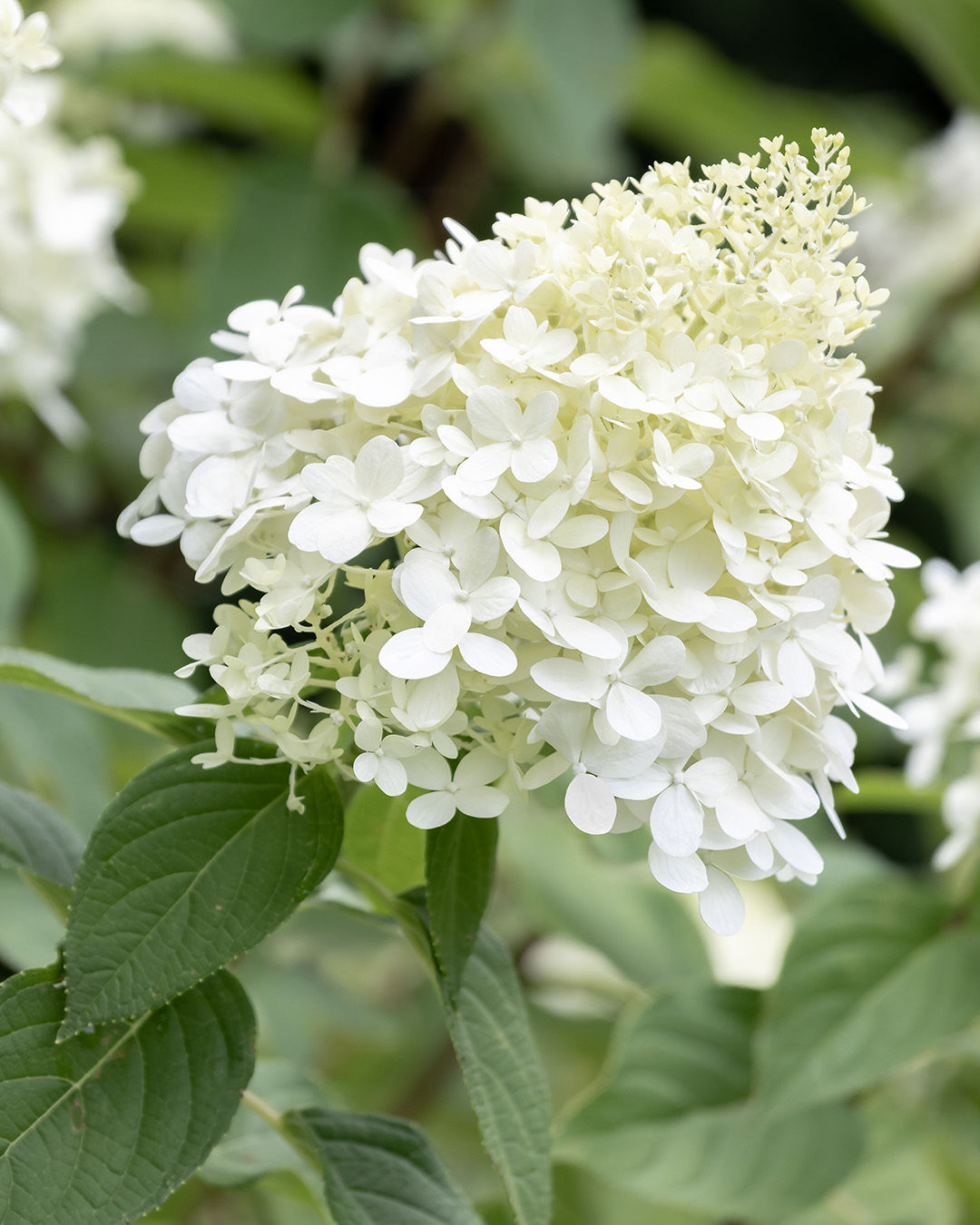The Main Principles Of Hydrangea Leaves Turning Yellow
The Main Principles Of Hydrangea Leaves Turning Yellow
Blog Article
Things about Hydrangea Leaves Turning Yellow
Table of ContentsMore About Hydrangea Leaves Turning YellowHow Hydrangea Leaves Turning Yellow can Save You Time, Stress, and Money.Hydrangea Leaves Turning Yellow Fundamentals ExplainedGet This Report on Hydrangea Leaves Turning Yellow
Hydrangea plants are known for their lovely blossoms, however in some cases their leaves can transform yellow. This is usually a sign that something is wrong and the plant needs your assistance. There are a number of possible causes of yellow leaves on Hydrangeas, and the good news is a lot of them are very easy to deal with. Below we'll cover one of the most typical reasons for Hydrangea leaves transforming yellow and exactly how to repair them.Nevertheless, Hydrangea leaves turning yellow can be a reason for issue. There are a number of factors why Hydrangea leaves turn yellow, and the majority of them are simple to take care of. Let's take a look at the most usual reasons that Hydrangea leaves turn yellow and just how to repair them. Hydrangea leaves usually transform yellow when the plant is overwatered.
When the origins of a plant are immersed in water for extended periods, they begin to stifle and rot. This process cuts off the origins' oxygen supply, causing the fallen leaves to transform yellow and ultimately die. Overwatering can likewise bring about other problems such as leaf decline, root damage, and fungal growth.
If you think your Hydrangea is overwatered, the ideal option is to let the dirt completely dry out entirely prior to sprinkling once more. It's likewise an excellent idea to inspect the water drainage of your pot or garden bed and make certain that water is not merging around the plant's origins. Hydrangea plants need well-drained soil to flourish.
5 Simple Techniques For Hydrangea Leaves Turning Yellow
Hydrangea leaves can likewise transform yellow if the plant is not getting enough water. This occurs when the plant does not receive adequate water, and the soil begins to dry out.

This is called "plant food shed," It occurs when the plant's roots are exposed to excessive fertilizer. The roots can not soak up all of the nutrients and end up being damaged. This damages creates the fallen leaves to turn yellow and eventually die. Other indications of fertilizer burn consist of brownish or yellow fallen leaves, wilting, and stunted growth.
This will certainly help remove any kind of excess fertilizer from the roots of the plant. It's additionally an excellent idea to reduce the quantity of fertilizer you are using. Feeding when a month during the growing period should be enough. If you are using chemical plant food, it's finest to use one that is thinned down and used according to the manufacturer's guidelines.
Indicators on Hydrangea Leaves Turning Yellow You Should Know

If your Hydrangea is plagued with pests, dealing with the plant with neem or horticultural a knockout post oil is the very best solution. It's additionally great to remove any type of damaged fallen leaves from the plant. You can do this by hand or with a pair of trimming shears. It's additionally a great idea to check the plant consistently for bugs and eliminate them as quickly as you see them.
To stay clear of spreading out the illness, make certain to sanitize your scissors prior to cutting any type of leaves off. Hydrangea leaves can additionally turn yellow if the temperature level worries the plant. This usually happens when the plant is subjected to extreme cold or warm. The fallen leaves of the plant will transform yellow and begin to hand over.
If the temperature emphasizes your Hydrangea, you need to move the plant to an area where it will be protected from the severe cold or warm. find out here now You can also attempt to supply the plant with some partial shade if exposed to route sunlight. You can also attempt adding compost around the plant base to help manage the temperature.
All About Hydrangea Leaves Turning Yellow
The fallen leaves can also turn yellow if the Hydrangea plant has origin rot. This is usually created by overwatering or bad water drainage. When the plant's roots are submerged in water for also long, they start to rot. Among one of the most common root rot signs is yellowing fallen leaves, as the fungus avoids the roots from absorbing nutrients from the soil.
Other indications of origin rot consist of stunted development, wilting, and fallen leave drop. Check the roots of your Hydrangea if it has origin rot. If they are black or brownish, after that they are possibly rotten. If some healthy and balanced roots are left, you can try to save the plant by replanting it in a new pot with fresh soil.
Water the plant very carefully, seeing to it not to overwater it. If your Hydrangea is greatly influenced by origin rot, beginning helpful hints with a brand-new plant is best. All-natural reasons can likewise trigger yellow hydrangea leaves. The most common reason is the plant's age. As Hydrangeas age, their fallen leaves will gradually transform yellow and brown before diminishing the plant.
You can help the plant by guaranteeing it is obtaining adequate water and nutrients. You can likewise mulch around the plant base to assist it preserve dampness. There are numerous reasons that hydrangea leaves may turn yellow and diminish. Hydrangea Leaves Turning Yellow. One opportunity is that the plant is not getting enough water.
Report this page